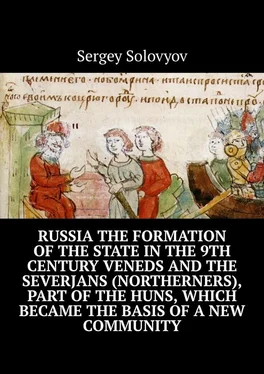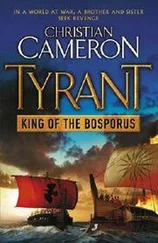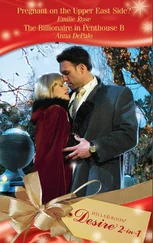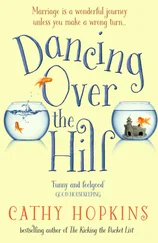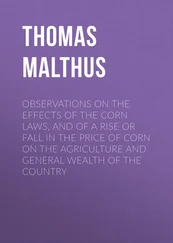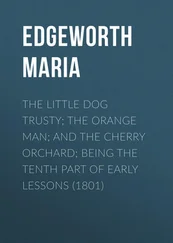We lived with a grandmother
Two cheerful geese, —
One is gray
The other is white
Two cheerful geese.
Stretched out their necks
Who is longer —
One is gray
The other is white
Who is longer.
Washed geese paws
In a puddle by the groove, —
One is gray
The other is white
Hid in a groove
Here the granny shouts: —
Oh, the geese are gone
One is gray
The other is white
My geese, geese.
Geese came out
Bowed to the granny
One is gray
The other is white
They bowed to the grandmother.
The Sarmatians also accompanied the goose in the afterlife. Obviously, judging by the tales, he had to fly away with the soul of the deceased to the ancestral home, the distant North. In Moksha, Gus is matsi, -kht, the latter is close to the word HUNT. In German Goose is Gans. The Saks also had a swan as a sacred creature, whose function was to deliver the soul of the deceased to the afterlife. Let’s remember the team of Apollo’s swans.
The cult of the swan-goose, associated with the cult of Apollo and Artemis, also proves that the Huns-Hans in the third millennium reached Hellas. In the Russian fairy tales “Geese-Swans” Ivanushka is kidnapped, carried away to distant lands, and his sister Alyonushka (form of the name Elena) rescues him. Here, obviously, there is an overgrowth in the tale of the idea that after death the geese-swans take the soul of the deceased to the Afterlife. There are fairy tales with a similar plot in Denmark, Sweden and Germany.
Among the many living attributes of Apollo, the swan rightfully occupies the main place. The popularity of the motive “Apollo and the Swans” has been attested to throughout the whole of antiquity. This beautiful proud bird accompanies the divine twins of Apollo and Artemida “the most beautiful glorious descendants of Uranus” (Hes. Theog., 920). Sometimes on a swan (and more often on a goose, judging by the vasopis), there is a “golden Afrodite” or its fool Eros (but this is already late Hellenism).
Poets and philosophers often call the swan the bird of Apollo (H. h., XXI. 1 sq.; Sapph. Frg. 147b, Pla¬to, Phed., 85b.), “The voiceless singer of God”, “the most singing of birds” (Call. Hymn., II, 5; IV, 249), “the favorite of the muses” (Eur. Ip. Phig. T. 1103—1105), “Pythian and Delian” (Aristoph. Av., 870). “Long-necked the joy of Apollo “magnifies the swan Bacchilides (Dyph., 16). The motive of the “swan song” was not known in antiquity, it is not found in Homer, Hesiod, and also in the Homeric hymns. On the contrary, the swan in the sacred places of Apollo sings constantly, glorifying the birth of God on the Deloss (Call., II, 250—254), or before ¬sharing his appearance (II, 5; Aris¬toph. Av., 769—770), or singing hymns in the country of the Hyper- ¬shen¬no¬no¬activity¬ects. As Elian reports (De nat. An., XI, 1), at this time, clouds of swans are falling from the Ripean mountains, “they fly around the temple, as if cleansing him with her flight”, and then ceremoniously settling on the fence of the temple,” representing great in abundance and beauty. “When the singers begin to glorify God, accompanied by the kifarists, “then the swans of the message join in singing and ¬In this way, nowhere do they sing awkwardly or inaccurately, “viro-tuozy, singing the melody, like experienced singers, guided by choir- hom. And all day long “the above-named first-time singers all together glorify and rise to God.”
Epics
Russian fairy tales and epics are a whole world for inquisitive researchers and scientists. The best known to readers are the epics about Svyatogor, Ilya Muromets. Alyosha Popovich, Dobryne Nikitiche.
Svyatogor
Svyatogor, the most ancient bogatyr, a true giant, is inextricably linked with the mountains, and the earth itself carries him with difficulty. Here is a description of a titan, who has no connection with the real characters of the story, but rather in a mythological way. He carried his wife in a coffin, or a basket with him, and at the end of his life, he lays down alive in a coffin, and gives his strength to Ilya Muromets. There are no analogues of such a hero in the epics of other Slavic peoples.
Ilya Muromets
“Be you, Ilya, a great hero,
And death is not written to you in battle …”
Ilya Muromets (full epic name – Ilya Muromets son Ivanovich, there are also variants: Ilya Morovlin (Kallash: VPIM, 1889, p. 204.), Muravlenin, Murovets, Muromlyan; one of the main heroes of the Russian epic epic, a hero who embodies the common folk the ideal of a hero-warrior.According to later versions of epics, a peasant son and future defender of the Russian land from enemies, paralyzed up to 33 years old, receives strength from the elders (another option is from the Kalik pedestrians), after which he fights with the Nightingale the Robber, an idol, a Jew, Tatars and, finally, does not die, but turns to stone.
Here old Ilya built an Indian church
How did he start building the Peshterskaya Church
Tutova is old and petrified (Kirievsky, I, 86).
In a number of epics, Ilya Muromets is associated with Italy. The most interesting is a special version, recorded in 1871 on the shores of Lake Onega from an excellent connoisseur of the epic tradition Trofim Grigorievich Ryabinin. It speaks of the hero’s meeting not with his son, but with his daughter, who is looking for her father and, in response to Ilya’s questions, says that she was born in Italy, where her mother still lives. From the dialogue it turns out that Ilya lived with her mother when he helped the Italian king.
I am a native of the land and from the Talyan,
I have a dear mother, an honest widow,
Yes, honestly, she is a widow. <���…>
And she let me go to go to Holy Russia
Look for a dog and my dear father <���…>
Ilya, learning that this is his daughter, tells her:
“And when I was in that land in Talyanskoy,
For three years I served with the king of Talyans,
Yes I lived then yes y with an honest widow,
At the honest widow and y at the chariot <..
Our epic scholars have repeatedly noted the high artistic merits of this version. It was naturally included in the compiled by A.M. Astakhova academic anthology of epics. The geographical connection of the cited version with Italy is indisputable and its plot correlation with the role of Ilya in the monuments of the Germanic epic, also pointing to Italy, is quite obvious. Ilya Russian is mentioned in “Vilkina-Saga”, “Saga about Tidrik of Berne”, and German poems “The Legend of Dietrich of Berne”, “Ortnit”.
Alesha Popovich
Alyosha Popovich is one of the heroes who are part of the heroic trinity together with Ilya Muromets and Dobrynya Nikitich. Alyosha is not so much strong as cunning, and knows how to play the harp. The legends about the birth are similar to the legend about the birth of Volkh-Veles, the thunder roared. At once. Like Volkh-Veles, he equipped a squad, was smart beyond his years, and like Volkh-Veles, he was married to Alenushka (a variant of the name Yelenea, Volkh’s wife). So this is most likely a Christianized image of Volkh-Veles.
Volkh Vseslavovich
Volga is the son of the serpent and the princess Martha Vseslavievna. The trembling of the earth and the terrible fear of all living creatures at the minute when Volga saw the light indicate him as the personification of some elemental force.
In the garden, in the garden in green
The young princess walked and walked
Martha Vseslavievna,
She jumped from a stone to a fierce snake —
A fierce serpent is entwined
Читать дальше
